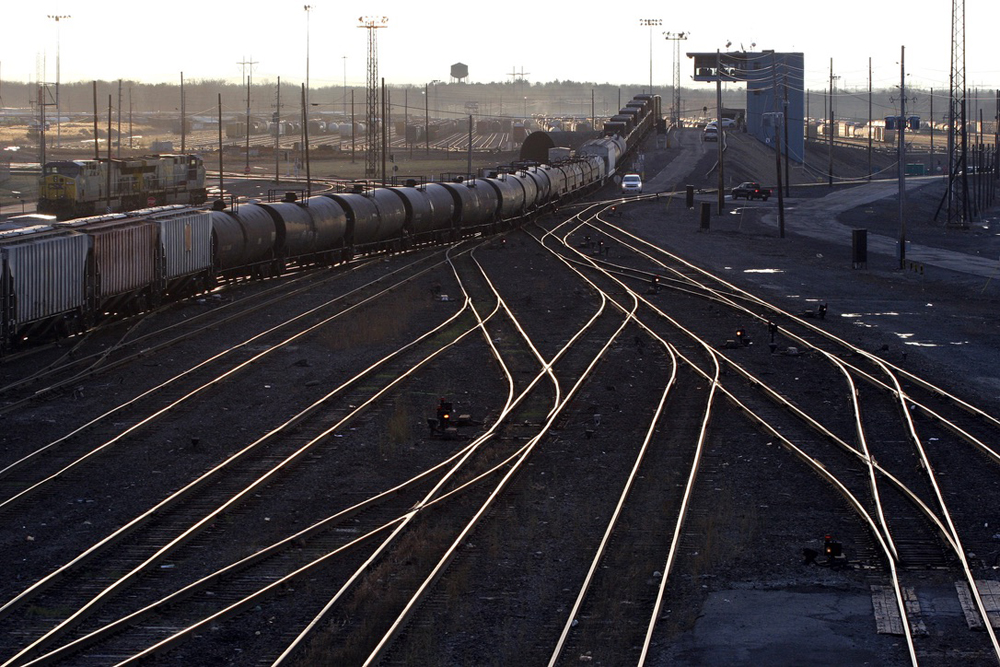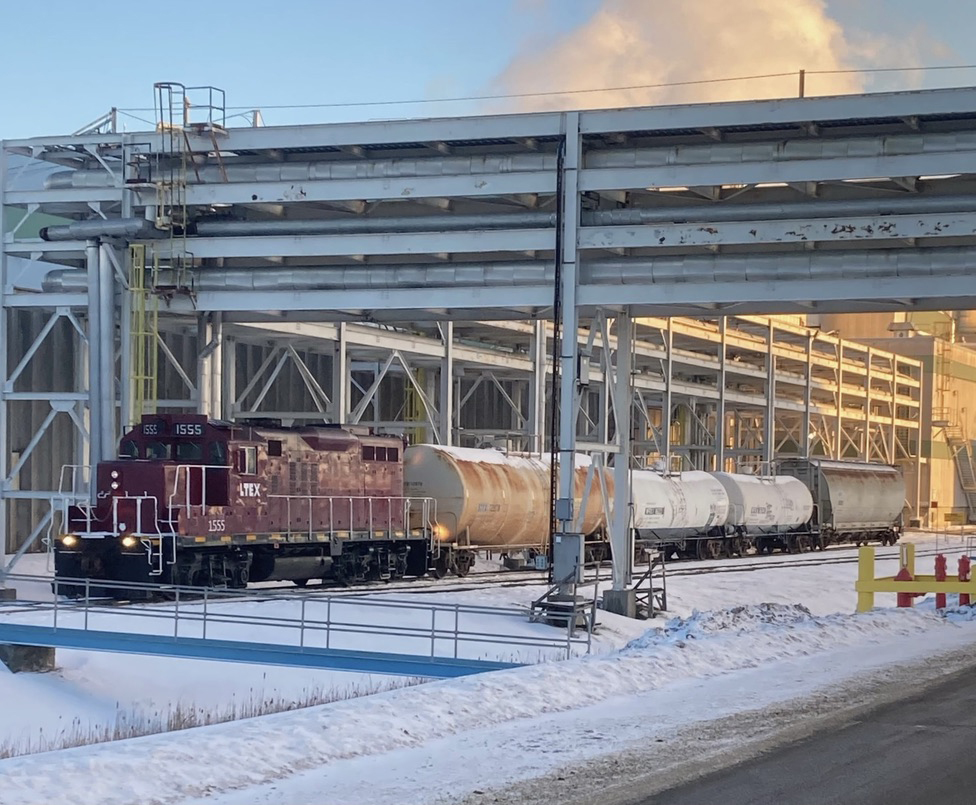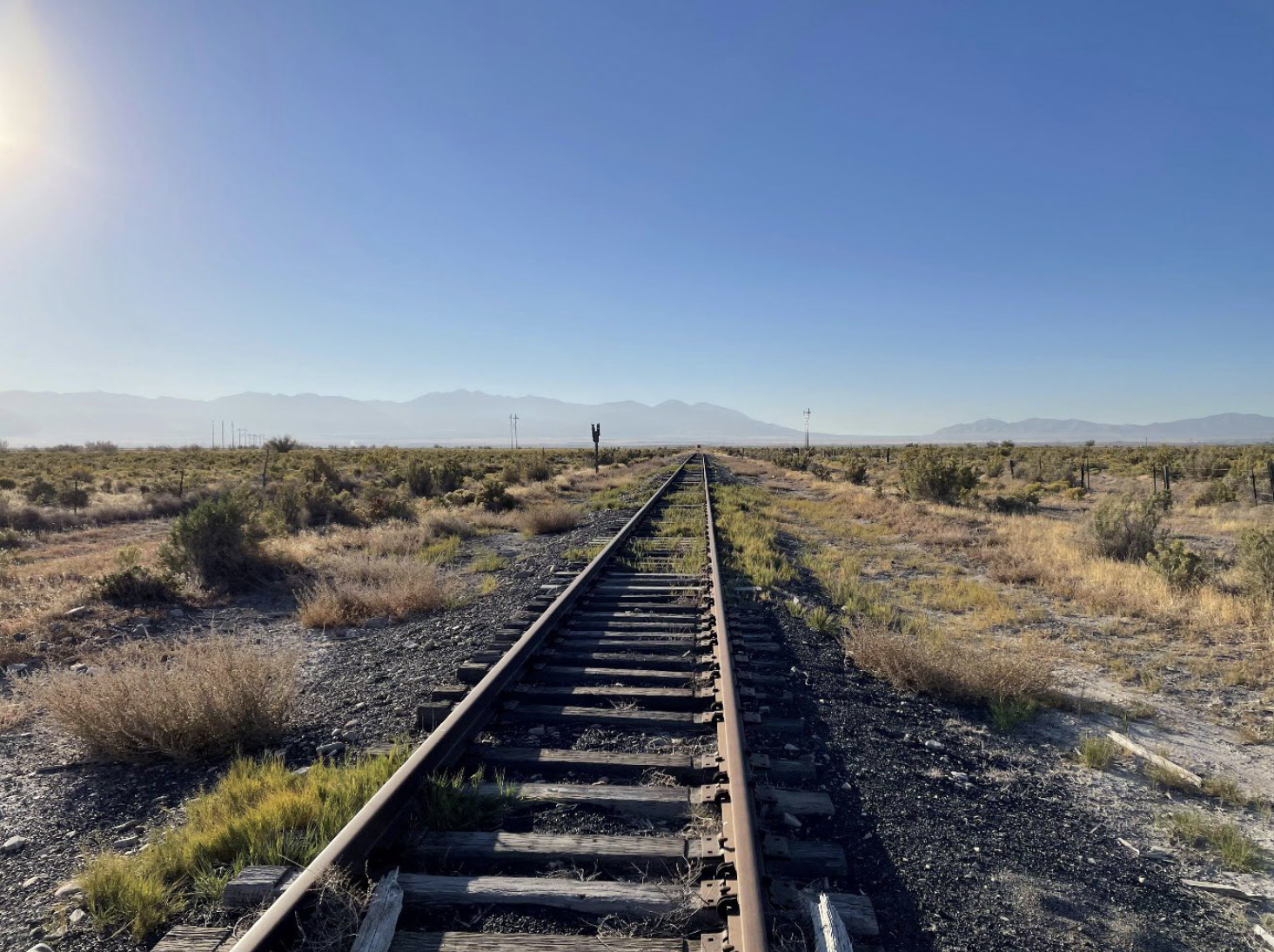
WASHINGTON — CSX Transportation is pushing back against allegations a local union official has made regarding operations and safety at the railroad’s hump yard in Selkirk, N.Y.
A combination of layoffs, crew shortages, changes to remote-control switching jobs, and CSX’s takeover of New England regional Pan Am Railways has created congestion at the yard near Albany, SMART-TD Local Chairman Joshua Therrien wrote in an Aug. 22 letter to Surface Transportation Board Chairman Martin J. Oberman.
“Down roughly 75 transportation employees (guesstimate) at the Selkirk terminal, CSXT has taken over the Pan Am railroad, Selkirk Yard is bursting at the seams, and we have 15 to 20 trains destined for Selkirk parked on the mainline anywhere between Buffalo, N.Y., and Philadelphia,” Therrien wrote.
CSX disputes this claim. “There are no trains tied down on the mainline between Buffalo and Selkirk or Philly and Selkirk,” CSX spokeswoman Cindy Schild said in an email on Wednesday. “There are six trains in Buffalo waiting for crews and one in Philly – but those are at crew-change locations, not parked in a siding somewhere on the mainline.”
In an email to Trains, Therrien says colleagues around the Northeast told him late last week that five trains were parked near North Bergen, N.J.; five near Philadelphia; three around Syracuse, N.Y.; and three outlawed near Selkirk.
CSX acknowledges that it is short of crews, partly because availability has dipped due to summer vacations.
“We are currently in the peak vacation period at Selkirk and we expect to be in a better position with crews after Labor Day,” Schild says. “We continue to hire and we also have a number of temporary transfers that are being sent to Selkirk to help in the meantime.”
The average amount of time cars spend at Selkirk has been rising in recent weeks. Dwell was 50 hours last week, compared to 43.8 the week before single-person remote control switching jobs were introduced, and 35.6 hours in the third week of July. Railroads generally aim for cars to spend no more than 24 hours in a hump yard.
CSX reduced remote-control switching jobs from two-person crews to one person on Aug. 9, Therrien says. “Since then, Selkirk employees have been harassed, intimidated, and bullied into accomplishing more work with half of the crew,” he wrote.
Therrien also claimed that CSX is violating its own safety rules as well as Federal Railroad Administration regulations.
“CSX strongly refutes the allegations of harassment and intimidation in the local chairperson’s letter. CSX operates in accordance with all federal regulations and local laws. We are committed to providing a safe work environment for employees, evidenced by our strong safety record,” the railroad said in a statement.
CSX also says it took proper steps before implementing single-person crews for remote control switching operations at Selkirk.
“CSX worked hand-in-hand with the FRA and made the necessary capital investments to effectively implement the new RCO operation, which is a proven operating practice that has been used throughout the industry for years and is in compliance with federal regulations,” the railroad says.
But the FRA says it is still looking into the matter.
“FRA is aware of the concerns expressed by labor officials to the STB regarding the recent change of operations by CSX at Selkirk Yard,” FRA spokesman Warren Flatau says. “We are meeting with CSX next week to fully understand its implementation of that change, and the procedures being used to ensure full compliance with shove protection requirements.”
Therrien claims that CSX attempts to hide recrews from publicly reported data by giving trains new symbols when a relief crew climbs aboard, and that yardmasters have been ordered to report that trains have arrived at Selkirk even though the trains have outlawed and are parked elsewhere.
“The allegations regarding train data are unfounded,” CSX says.














I stop by Selkirk all the time with my clients. I work with kids with disabilities and many of them love to watch trains. One day a couple weeks back we sat at the crossing behind 5 Rivers, which I think is the first crossing West of the yard, and we saw 5 trains leaving the yard in the span of an hour while an eastbound into the yard sat ACROSS the crossing. Another rail fan had been there for an hour at least and said it was there when he got there so it was parked a long time waiting for entry.
I don’t know if any of this means anything but I’ve never noticed anything weird along Speeder Lane or in the materials yard where we watch, and we’re there usually 2-3 times a week.
I don’t remember crew shortages in the past because of summer vacations. I guess any excuse will work now-a-days.
CSX is 100 percent honest. They’ve never ever lied or falsified documents….ever.
“It’s not our fault we don’t have enough people to work” From the company who laid off most of their crews. “People just don’t want to work.”
Can a railroad be narcissistic?
CSX is NOT lying… it’s a political witch hunt. (Groan)
Some of Guilford/PanAm must have “rubbed-off” on CSX. Back on the weekend of July 30-31 a CSX box-car train sat at Westfield MA (east of Selkirk) for several DAYS. On Sunday 8/14 CSX sent a westbound through Palatine Bridge with TEN engines leading. Maybe there was a power imbalance somewhere or something. But the pension funds who hold most RR stock these days are demanding stock buybacks (trading in their own stock!) and increased dividends and it’s showing in manless operation of yards. Next will CSX try the iron ore mine railroad trick from Labrador City of automated non-human operation of trains? Yes, I saw that operation in 1989–it really happens!
Yes and the trains in Lab City work very well as does the Austrian ore haulers, Vancouver’s subway….
The automated, single commodity trains are an entirely different subject as opposed to switching operations with one person and an RC box. Two people in switching ops means that there is much greater versatility than operating with only one person. The job gets done much easier and faster with two.
Slower operation with one using a box causes the usual reaction of management: intimidation, threats and an expectation to bypass safety rules. By no means will they blame the actual cause.